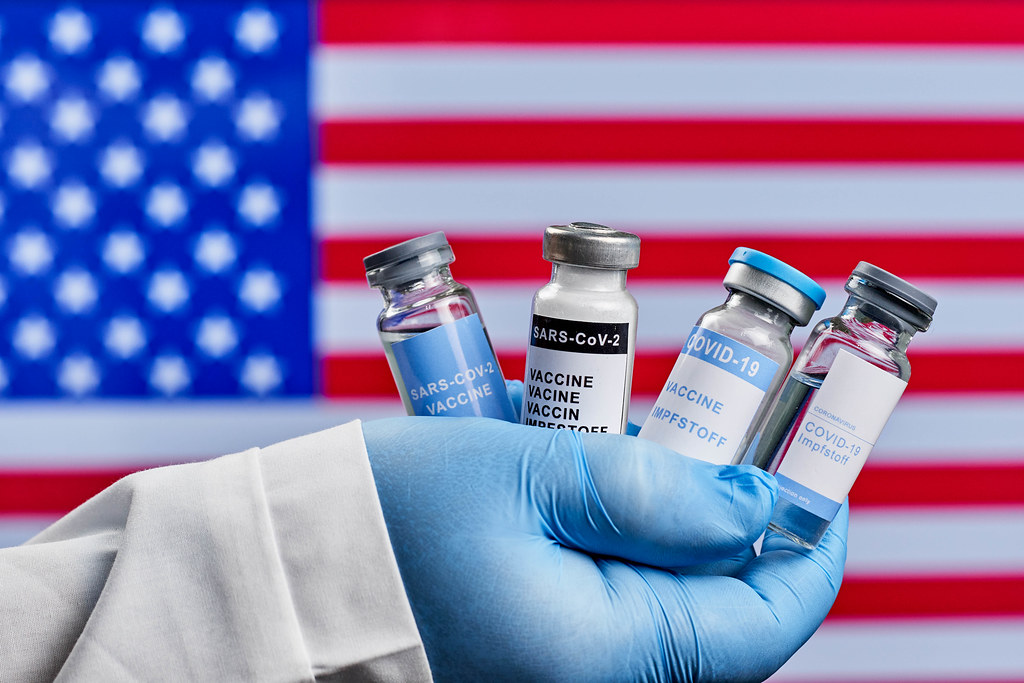
Early Development of Vaccines in America
Even in the earliest days of the United States, deadly diseases posed a major threat. Smallpox, in particular, ravaged indigenous populations and European colonists alike in the 17th and 18th centuries. However, the first breakthrough came in 1796, when English physician Edward Jenner developed the smallpox vaccine using cowpox. This groundbreaking discovery was soon brought to America, where it helped curb major smallpox outbreaks. In the 1880s, American scientist Louis Pasteur made another critical advancement, developing the first vaccine for rabies by growing weakened versions of the virus in rabbits. His methods represented a major innovation that paved the way for other vaccines.
Progress Accelerates in the 20th Century
The 20th century saw remarkable progress in U.S. Vaccine development and implementation in the U.S. In the 1920s and 30s, vaccines were created for diphtheria, tetanus, pertussis, and other diseases. Public health officials worked hard to distribute these new vaccines and educate the population about their importance. A key moment came in 1955, when American scientist Jonas Salk developed the first safe and effective polio vaccine. Given to over 400,000 children in a controlled test, it proved 90% effective and was rapidly rolled out across America. By 1979, polio was eradicated in the U.S. thanks to widespread vaccination. Other major vaccines like measles, mumps, and rubella were also developed in the second half of the 1900s.
The Impact of Vaccines on Public Health
The impact of vaccines on public health in America has been immense. Diseases that once routinely killed or harmed thousands each year are now rare thanks to vaccination programs. For example, smallpox killed an estimated 300 million people worldwide in the 20th century alone before it was eradicated in 1977 thanks to vaccination efforts. In the U.S., diseases like polio, measles, and rubella have been virtually eliminated. Once-common afflictions like tetanus and diphtheria are now extremely rare. This progress has saved an incalculable number of lives and significant economic costs associated with treatment and lost productivity from disease. Overall life expectancy in America has increased by around 25 years since the start of the 20th century, and vaccines are credited with playing a major role in this public health revolution.
Modern Vaccine Successes and Challenges
Vaccine progress has continued into the 21st century. New vaccines have been developed for human papillomavirus (HPV), meningitis, varicella (chickenpox), pneumococcal disease, and rotavirus—a major cause of diarrhea in young children before vaccination began in 2006. The CDC now recommends childhood vaccines for 14 serious diseases before age 18. Unfortunately, some individuals still do not get fully vaccinated due to discredited fears about vaccine safety. As a result, preventable diseases resurge periodically. For example, an unvaccinated cluster in Minnesota led to a 2017 measles outbreak that sickened 75 people. Public health officials work continuously to convey the scientifically-proven safety of vaccines and importance of community immunity to prevent such outbreaks. The COVID-19 pandemic highlighted both the extraordinary speed of vaccine development and challenges of distributing vaccines equitably and combating vaccine hesitancy. Still, overall vaccination rates remain high and continue protecting lives in America. This will aid in driving the demand of U.S. Vaccine.
Historical Advances Still Benefiting Society
It is remarkable to consider the long-lasting impacts of early vaccine innovations that occurred over a century ago. Even today, citizens born in the U.S. are required to receive vaccines for diseases like measles and polio that were virtually eliminated long ago thanks to vaccination efforts. Children are still protected against the dangers of illnesses like diphtheria and tetanus through widespread use of vaccines developed in the 1920s and 30s. The infrastructure established to ensure childhood vaccination has spared generations the suffering caused by once-common afflictions. By studying infection patterns in an unvaccinated group, researchers found that being unvaccinated against childhood diseases increases one’s risk of becoming infected by 2 to 6 times. This underscores how these historical vaccines still benefit society today through indirect, community-level immunity. Decades of progress have relied on continuous protection through immunization to maintain elimination of dreadful diseases like smallpox that vaccines ultimately succeeded in eradicating globally.
Ongoing progress of vaccine research, development and implementation in the U.S. Vaccine over two centuries. It summarizes key historical advancements in vaccines from Edward Jenner’s pioneering smallpox vaccine to modern triumphs like the polio vaccine. The substantial public health impacts of vaccination on disease prevention and increased life expectancy are also examined. Finally, the article touches on both continuing vaccine successes against new diseases and persistent challenges around achieving adequate immunization coverage rates. Overall, it aims to inform readers about the transformative role that vaccines have played in improving health outcomes in America from the nation’s earliest days.
Get More Insights On U.S. Vaccine